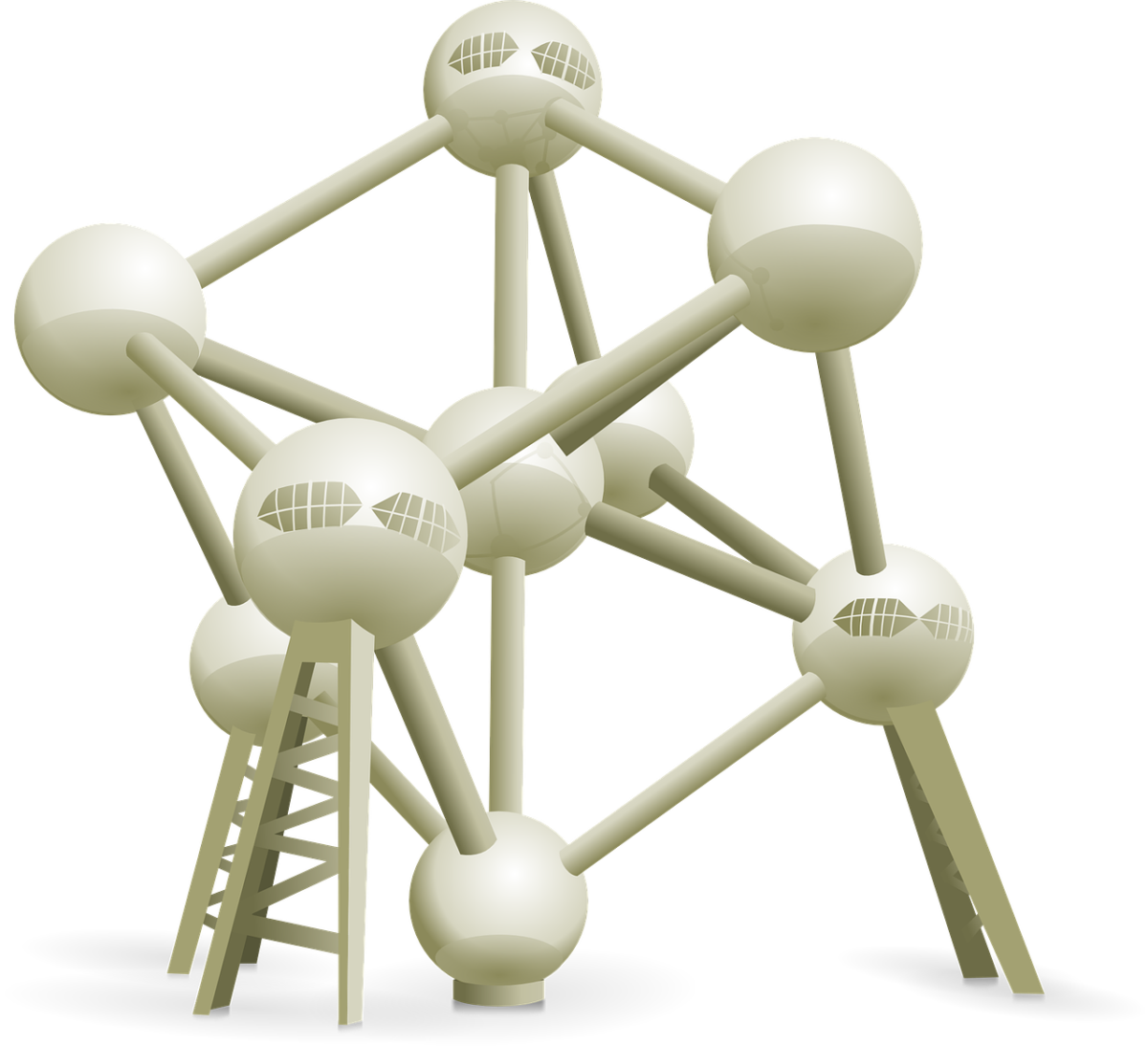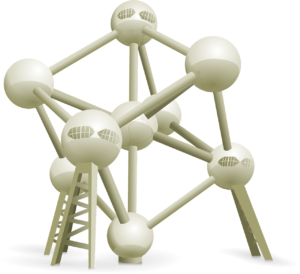

Implementation: building stakeholder engagement
Allum advised, “You must build engagement with stakeholders and you need to act as marketers.” She added that it is important to spend time talking to people and showing them why things need to be done. Get people to focus on what they want to achieve from a business perspective and how that can be done. In order for Ernst & Young to be a leading tax practice, it is necessary to build and drive specialisation, deepen skills, increase productivity and retain and develop the best people. This can be done by providing development and a clear career path within the organisation.
Delivering the right experience
To ensure people get learning experience on the job it is down to resource managers and the tools for resource management. In the tax industry, the typical situation is that someone becomes a specialist at an early stage, which gives a very narrow skill set. This leads to boredom, especially with Gen-Y, therefore it is crucial to offer employees a wide range of experiences. They’ve tried to get people to think about delivering experiences more systematically and implemented tools for managing people, such as Retain–a people management tool.
Experience maps and rotations
Experience maps are similar to learning maps and competency frameworks, but they detail not only the skills, but also the work and the technical learning needed to become a rounded professional. Experience maps are increasingly consistent and regulated and are embedded into performance management.
Technical experience is also defined and employees may have to proactively demand some of these experiences. Regarding job rotations Ernst & Young faces similar challenges to other companies. They have rejigged the model so rotations for Greater China will be far more systematic so people know they will move around the department. The downside is making people do something outside their comfort zone. On the upside, for young people it will set up stepping stones for progression and change.





